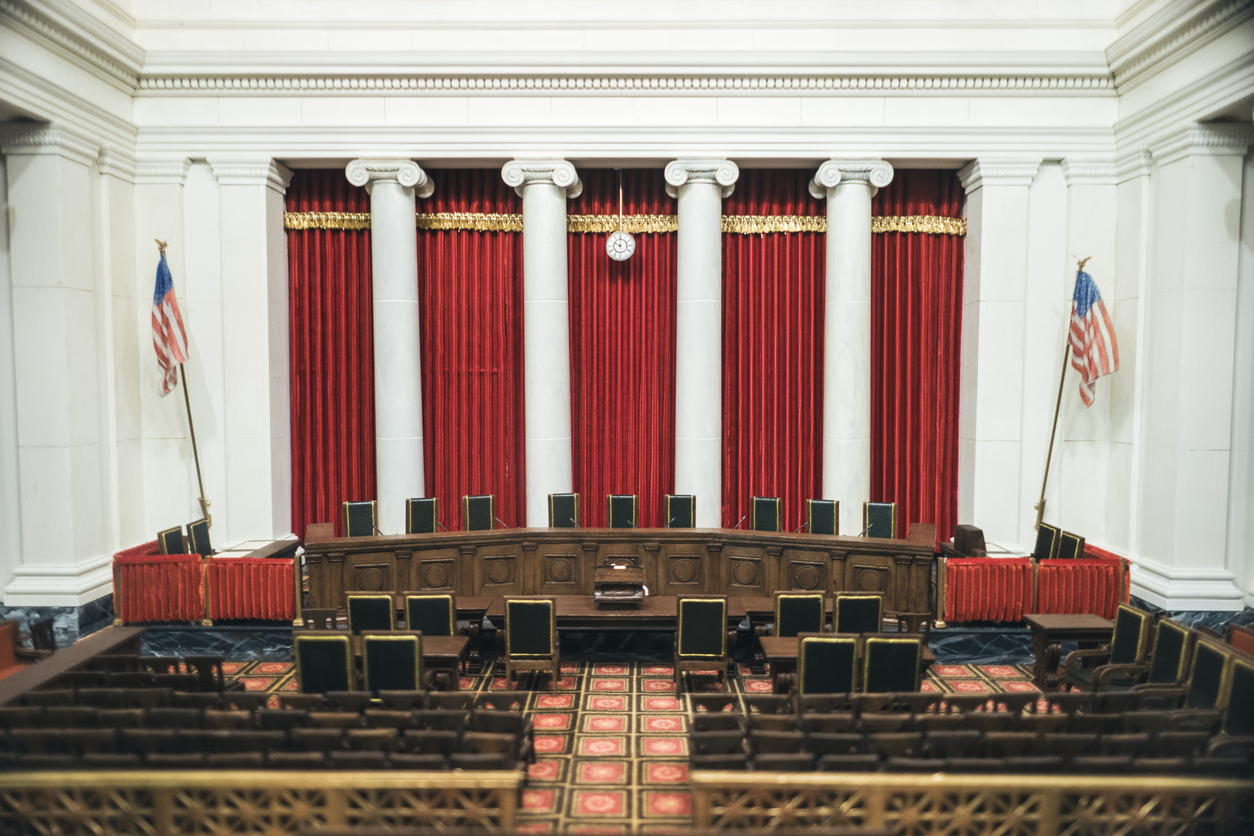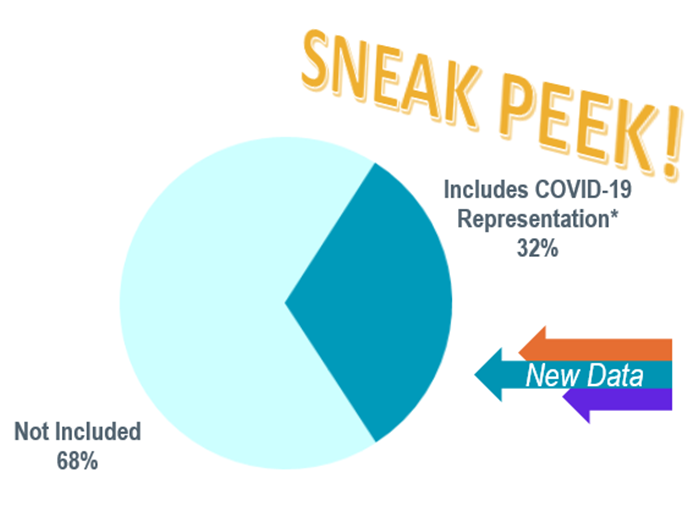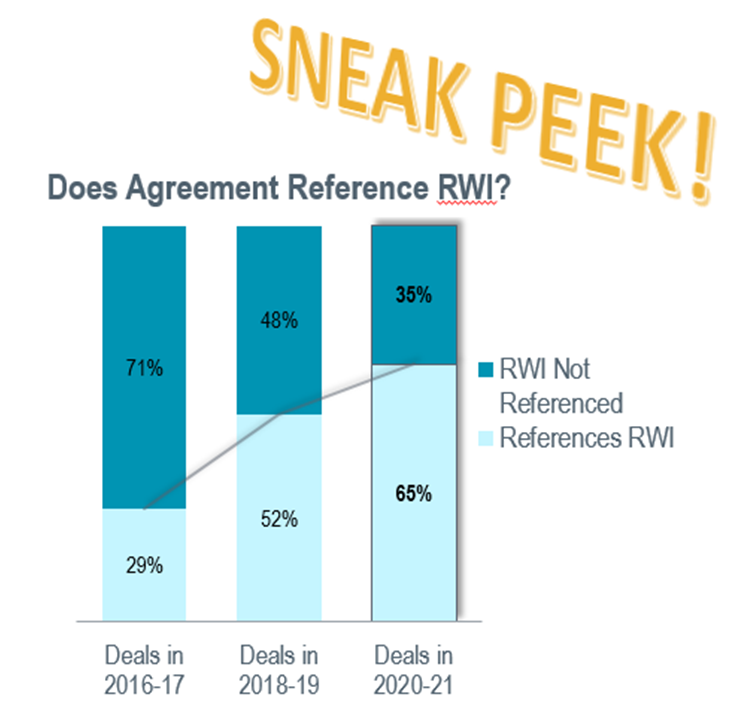
Introduction
When a lawyer is retained as counsel by the founders of a new business, it is fundamentally important that the lawyer determine who is—and who is not—the client for purposes of the engagement. And because the various constituents may reasonably have different views as to the identity of the client(s), it is also important that the lawyer communicate clearly to such constituents whether or not they are clients.
Lawyers should be familiar with Rule 1.13 (Organization as Client) of the American Bar Association’s Model Rules of Professional Conduct. Paragraph (a) of Rule 1.13 provides that a “lawyer employed or retained by an organization represents the organization acting through its duly authorized constituents.” But, as made clear by paragraph (g) of Rule 1.13, such retention does not mean that the lawyer cannot also represent other constituents: “A lawyer representing an organization may also represent any of its directors, officers, employees, members, shareholders or other constituents, subject to the provisions of Rule 1.7 [Conflict of Interest: Current Clients].”
Further, paragraph (f) of Rule 1.13 makes clear that “[i]n dealing with an organization’s directors, officers, employees, members, shareholders or other constituents, a lawyer shall explain the identity of the client when the lawyer knows or reasonably should know that the organization’s interests are adverse to those of the constituents with whom the lawyer is dealing.”
This establishes a duty for lawyers who would represent both an organization and certain constituents to clearly disclose both the existence and scope of the lawyer’s representation. While a lawyer is permitted, under the Model Rules of Professional Conduct, to represent both the organization and certain constituents, the lawyer must be vigilant about conflicts of interest.
Start-Ups
The analysis as to the identity of the client becomes somewhat complicated when the organization or entity for the new business has not yet been formed. Can the lawyer have an entity that does not yet exist as a client? And, if not, does that necessarily mean that the founders must be the clients (at least initially)?
Business lawyers are often retained with the understanding that they will be the lawyer for the to-be-formed entity, and that the founders are not clients. As a practical matter, such understanding is defined by contract among the parties. However, this contractual agreement can be complicated by several factors. For one, the founders might not understand the nature of the engagement. For another, the entity might never be formed, or other procedural issues might preclude the contract from completing as intended. Therefore it is important that the lawyer clearly define who is and who is not the client(s), and perhaps when the lawyer-client relationship begins or ends.
Equity Ownership in the Client
Working with start-up or emerging entity clients, lawyers often are in a position to acquire an equity ownership in the client. This can occur through the lawyer’s participation in a fundraising round along with other preferred investors, or through the acquisition of stock or stock options in lieu of fees. Such transactions implicate Model Rule 1.8(a), which prohibits a lawyer from entering into a business transaction with a client unless certain conditions are satisfied.
The conditions on a transaction through which a lawyer acquires equity ownership in a client include: (1) the transaction and its terms are fair and reasonable to the client, and are fully disclosed in writing in a manner that can be reasonably understood by the client; (2) the client is advised in writing of the desirability of seeking, and is given a reasonable opportunity to seek, the advice of independent legal counsel; and (3) the client gives informed consent, in a writing signed by the client, to the essential terms of the transaction.
In addition, if the equity interest is conveyed to the lawyer as payment for legal fees, the transaction can also implicate Model Rule 1.5, which prohibits a lawyer from charging or collecting an unreasonable fee. The fairness of any lawyer investment in a client will depend on the essential terms of the transaction: what value did the lawyer provide, and what value did the lawyer receive in return? This determination becomes more complicated when stock is provided as payment for legal services. The value of the stock is determined as of the time of the transaction, which means later success can create a situation where the value of the lawyer’s equity stake far exceeds the value of services originally provided. And there is the resulting potential issue that, if a lawyer continues to provide services to a client in which the lawyer has an equity interest, the lawyer’s self-interest may create a conflict of interest under Rule 1.7.
Working with Early-Stage Companies
When advising growth companies on equity financings and other transactions, the business lawyer must continue to keep the duties and interests of board members, shareholders and investors separate and distinct from the duties, obligations, and interests of the company as the client. Such situations also raise issues under Model Rules 4.1 (Truthfulness in Statements to Others), 4.2 (Communication with Person Represented by Counsel) and 4.3 (Dealing with Unrepresented Person). All of these become doubly complicated if the lawyer also represents certain constituents.
In addition, under certain circumstances, the lawyer may have an obligation to “report up the corporate ladder.” Paragraph (b) of Model Rule 1.13 provides that:
If a lawyer for an organization knows that an officer, employee or other person associated with the organization is engaged in action, intends to act or refuses to act in a matter related to the representation that is a violation of a legal obligation to the organization, or a violation of law that reasonably might be imputed to the organization, and that is likely to result in substantial injury to the organization, then the lawyer shall proceed as is reasonably necessary in the best interest of the organization. Unless the lawyer reasonably believes that it is not necessary in the best interest of the organization to do so, the lawyer shall refer the matter to higher authority in the organization, including, if warranted by the circumstances to the highest authority that can act on behalf of the organization as determined by applicable law.
This obligation can create ramifications for the lawyer if the issues he or she must report are matters which he or she only encountered in the course of representing a constituent, or the client company.
Identity of Client in Exit Transactions
Exit transactions can also raise issues as to the identity of the client, and possible conflicts of interest for the lawyer. The crux of this issue is the type of transaction, and the identity of the parties to the transaction.
For example, a lawyer for a closely-held company may be retained to work on a transaction pursuant to which the company’s business is being sold to a third-party buyer. Such a transaction typically is structured as either an asset sale, a stock sale or a merger. When the company is a party to an exit transaction structured as an asset sale or merger, the lawyer’s role as company counsel is clear.
If, however, the transaction is structured as a stock sale, the lawyer’s role becomes more complicated. In an exit transaction structured as a stock sale, the stockholders are the parties to the transaction, and typically the company itself is not a party. As a result, the lawyer may be acting for the direct benefit of the stockholders, and not for the company. Working on such a transaction may create conflicts of interest for the lawyer, both during the transaction and for any post-closing work as well.
Conclusion
Lawyers must be able to identify who is, and who is not, their client in order to comply with their professional obligations. Clearly communicating this to clients is essential. Lawyers should be mindful of the ways their representation can morph during a business’s early phases, whether their contract is affected by the company’s failure to launch, or if they are called upon to handle exit transactions. The identity of clients—whether it be the company or constituents—affects other considerations, including a lawyer’s duties during representation. And unexpected factors, such as the nature of a stock sale transaction, can create perilous situations for business lawyers.













